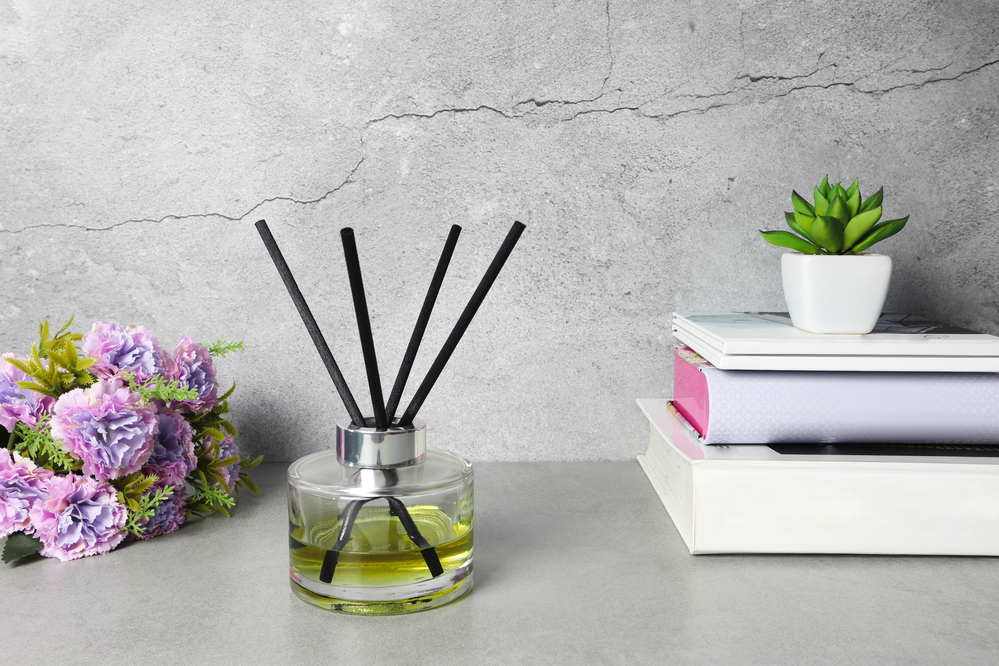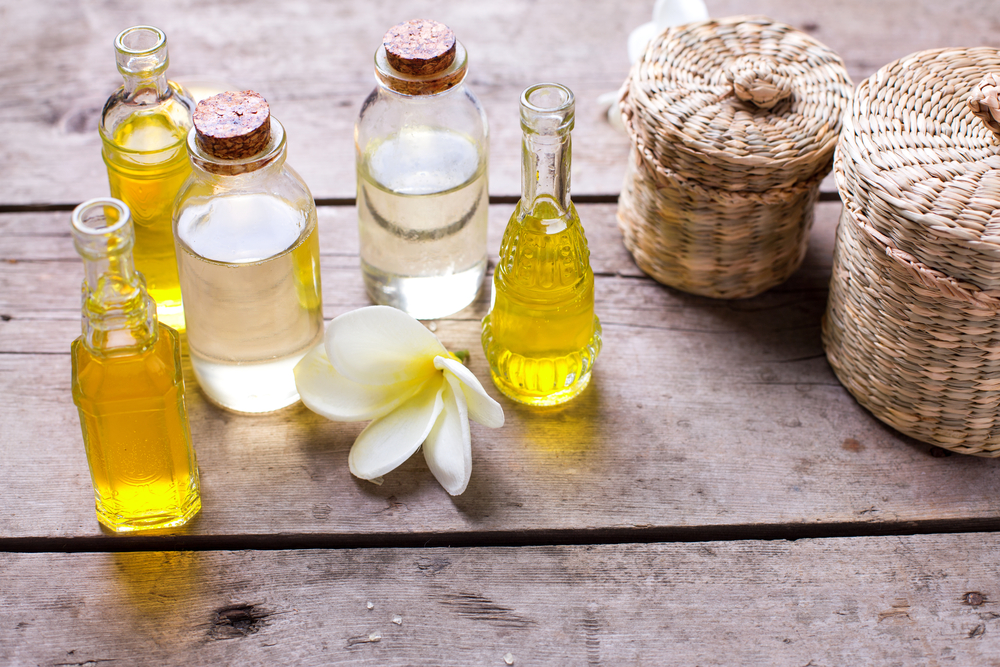Between all the different home fragrances, customers have plenty of products to choose from that will freshen up their living space. Many home fragrance markets are competitive, and the packaging process is crucial to success. With planning and management, your business will implement functional and attractive packaging that garners customers. Keep reading to explore 5 tips for creating the perfect fragrance packaging.
Choose the Best Fragrance Packaging Materials
In the fragrance industry glass is the premium packaging material. For most candle packaging, businesses choose durable, heat-resistant glass jars. Glass room diffusers are also popular, and the more elegant room sprays use glass packaging.
If your products include essential oils, glass is the necessary packaging choice. Essential oils leak through many types of packaging, but glass is nonporous, so all the oils stay inside the container.
As you decide on your fragrance packaging, make sure to pick attractive and functional closures. For your candle, consider a screw cap for threaded packaging or a cork for non-threaded. A mister closure is most appropriate for your bottle if you’re selling room sprays.
Start Small

As you begin producing a new product, begin by starting small; a 1oz. candle or sample-size perfume, for example. Your business will get a better handle on how the packaging process for your product will work as you upscale.
Producing in small quantities also allows your business to perfect its formula while minimizing resource consumption. Candlemakers often produce small candles again and again as they optimize their fragrance-to-wax ratio. As they do so, they must consider fragrance load, also called “fragrance percentage”. This concept refers to the maximum amount of fragrance that wax can hold, according to the wax manufacturer.
Understand the Fragrance Oil’s Flashpoint

As you package your fragrance products, it’s important to know about the nature of your ingredients. One key ingredient, fragrance oil, is present in candles, diffusers, wax melts, soaps, perfumes, and more. All fragrance oils have a flashpoint, a temperature where the oil combusts if there’s a spark or flame.
Businesses must know the flashpoints of the oils they’re working with; this allows for safe handling and production. Whether your business buys fragrance oils for its products or produces them itself, ensure that your team knows the oils’ flashpoints.
Understand the Fragrance Oil’s Fill Level
If your business purchases fragrance oils as product ingredients, you may realize some bottles of fragrance oil are filled higher than others. This is because the density of a fragrance oil varies from one bottle to another. Thus, many fragrance oil manufacturers fill their bottles by weight, not by volume.
A recipe for a candle or room scent lists fragrance oil by its weight. As your business develops recipes for its products, make sure to do the same. The weight of the fragrance oil determines its potency, and consistency is key for any product line.
Create a Unique Fragrance Packaging Design
Customers have plenty of fragrance options, so it’s important that your product catches their attention. Put your best resources into making your packaging design attractive and unique. Some best practices are listed below:
- Prioritize branding: Make your product name and brand name or logo easily visible. These elements are best-placed on the front and center of your packaging or label.
- Use brand-defining colors: Implement colors that reinforce your brand. If you have a themed product line, consider matching colors across their packaging. For example, your product line may have all-neon packaging, or perhaps all pastel-colored.
- Use legible fonts: To get the sale, your product must be accessible. Simple serif or sans-serif fonts convey information quickly and make your brand image known to customers.
- Stand out from your competitors: Make a visual design that contrasts other products on the store shelves. Customers make quick decisions, so it’s important that your product quickly makes itself known.
Conclusion
The packaging process intimidates many new businesses, but you’re set to conquer it. Once you have an understanding of the materials you’re working with and your production process, you’ll be in a position to set up a packaging workflow. The goal is appealing packaging that drives sales, so be ready to brainstorm a one-of-a-kind design.
For more tips about packaging design, read our guide to color theory and how it should impact your brand.

